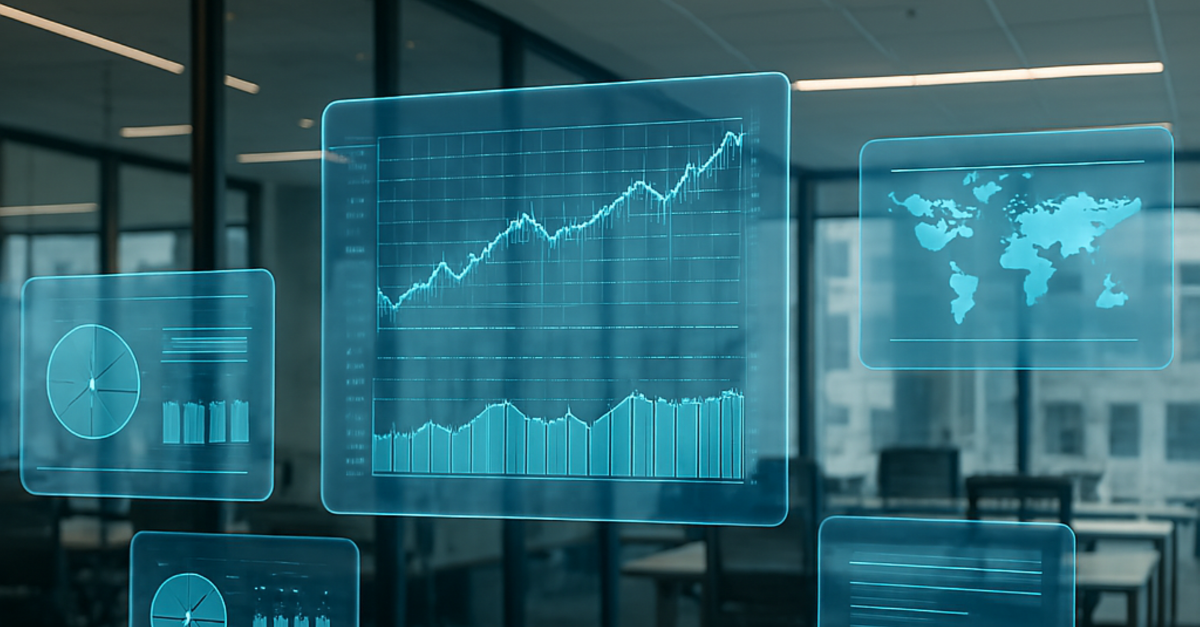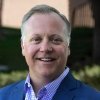The importance of hybrid IT in a successful AI strategy
There’s been a fundamental change when it comes to where people connect and interact with data.

Historically, people interacted with their infrastructure and data in a LAN or a WAN inside an office building. Today, we’re seeing the distribution of the workforce and individuals utilizing dynamic 5G access to services and applications that may or may not be cloud-based worldwide. Currently, more than half of all user interfaces are being powered by AI, and AI adoption continues to accelerate across industries.
There’s been tremendous growth in AI utilization, especially in robotics, healthcare, internet services, finance, media, and autonomous vehicles. These are just a few near-term examples of how AI, edge computing, and distributed architecture drive our day-to-day lives. Because of the exponential growth in AI and new data sources, it’s essential to ensure your AI strategy is ready.
Kickstart your AI journey! Flexential now offers a hands-on AI Strategy Workshop to help you define and implement your AI roadmap. Work alongside expert IT, security, and AI advisors to assess readiness, prioritize goals, and build a scalable hybrid infrastructure plan.
There are several functional challenges to consider when building a roadmap to an AI and an edge strategy. Here are four key components to keep in mind.
- Design complexity: Ensure predictable performance that scales quickly
- Connectivity: AI services are becoming more real-time and need broad network capabilities
- Data center readiness: Not all data centers are optimized for AI workloads
- Escalating costs: Becoming “AI-ready” can be a challenge for CapEx-constrained organizations
It’s important to think about where and how you’re interacting with infrastructure, where and how you need to make decisions, and most importantly, where the data you’re utilizing is being created and how you’re interacting with it. As you start to think about those concepts, there are some key components that you should focus on.
Colocation and data center infrastructure
First and foremost is colocation and the data center itself. Historically, companies have had their enterprise data centers in an office park, campus, or physical building. As the interconnection world has evolved, more companies are putting their colocation infrastructure inside a highly interconnected third-party data center. It’s essential to understand the connectivity models that are associated with those data centers, as well as the geographic distribution.
Cloud IT solutions
The second area of focus is around cloud IT solutions. Whether people realize it or not, every IT service uses cloud infrastructure, whether it’s a public cloud, like Amazon, Google, Microsoft, and Oracle, or a private cloud that utilizes compute and storage inside a private infrastructure or by a third party. Much of a corporate IT infrastructure resides in the cloud, and you’d be surprised how much of your personal life also resides in the cloud. That gives you context when deciding what an AI and data gravity architecture strategy looks like in the long term.
Data protection
The third area to focus on is data protection. Security is critical in today’s day and age. With the increased number of ransomware attacks and access to personal identification information, you must have a security strategy limiting your overall security exposure vector.
Professional services and expert guidance
To execute a successful AI strategy, having the right expertise at your side is critical. The Flexential Professional Services team offers the specialized support needed to plan, build, and scale AI and edge strategies with confidence.
These expert teams bring deep technical knowledge in infrastructure design, cloud architecture, workload alignment, and security frameworks. They provide a compartmentalized focus on key elements of your AI construct—such as where data lives, how it moves, and how it integrates with public and private cloud environments.
Think of this as a virtual CTO/CIO function: a strategic advisory layer that grows with you. Whether refining your AI roadmap or deploying a distributed architecture, our professional services ensure every step aligns with your long-term goals.
Geographic distribution and interconnection
Finally, the geographic distribution of your data is crucial. It’s best to address this not with one centralized data center location but with a data center platform that has access to many different markets and a high-capacity, interconnected backbone between its facilities. Data gravity created in an ecosystem format and the ability to transfer that data between locations and compute nodes are essential for a successful data center platform and AI strategy.
Ready to build your AI-ready infrastructure?
Hybrid IT is more than an IT model—it’s the foundation for scalable, secure, and high-performing AI initiatives. Whether you're just beginning your AI journey or optimizing existing workloads, Flexential provides the infrastructure, expertise, and interconnection to help you succeed.
Take the first step with our AI Strategy Workshop—a hands-on engagement designed to help you assess readiness, align priorities, and develop a tailored roadmap. Let’s turn your AI goals into actionable outcomes.







